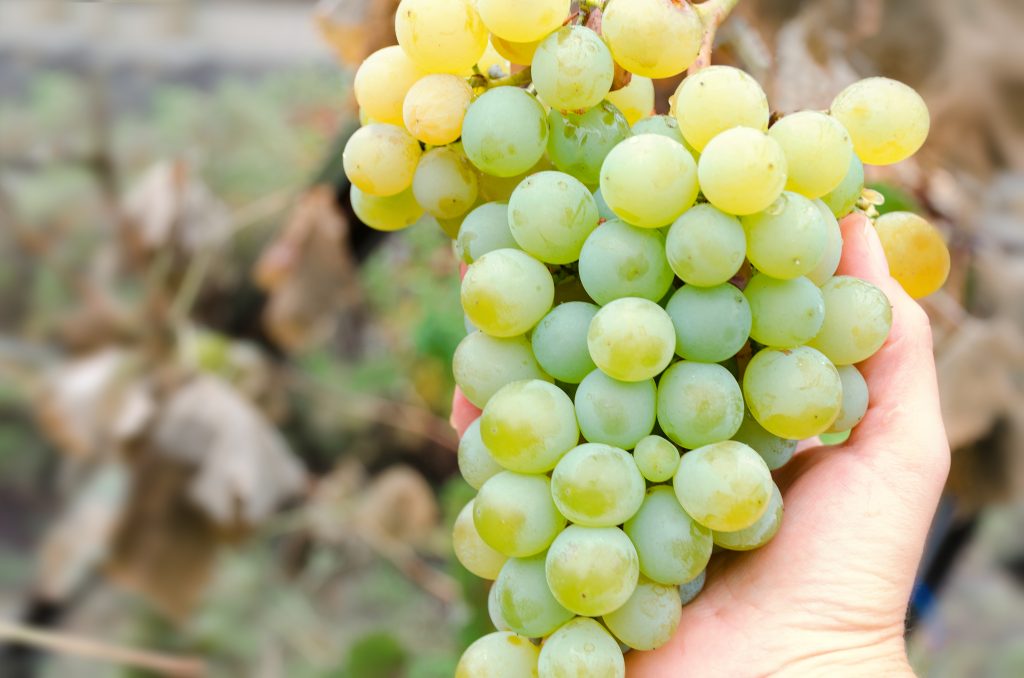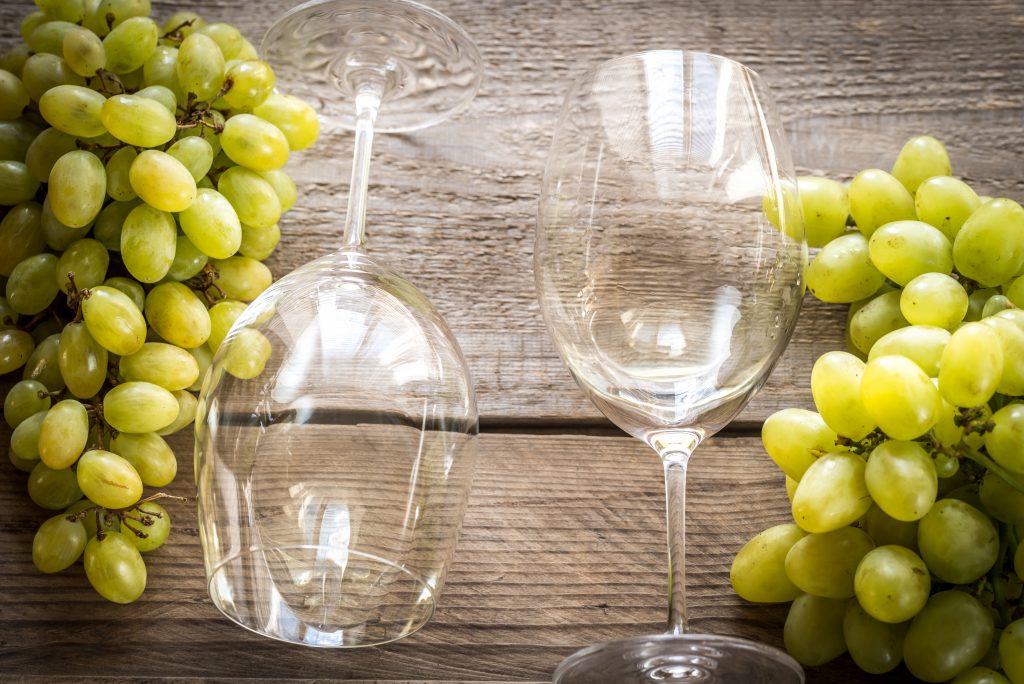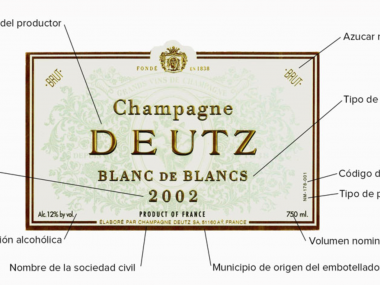The Chardonnay grape is a variety originating from France, specifically from the department of Saône-et-Loire (between Lyon and Dijon), which is used for the production of white wines. It is one of the most versatile varieties that, without having a dominant flavour, can offer a wide range of aromas depending on the region where it is grown and the elaboration methods.
Here we explain everything you need to know about this variety and the wines produced from it.

Characteristics of Chardonnay
It is an early budding and early ripening variety and therefore runs the risk of possible spring frosts. It is a very productive variety, easy to grow and adapts well to limestone or calcareous clay soils.
Chardonnay is susceptible to powdery mildew, flavescence dorée and millerandage. Its relatively thin skin makes it susceptible to botrytis cinerea in rainy years.
Chardonnay wines
Although the grapes generally reach relatively high sugar levels, Chardonnay wines can be thin reminiscent of the cooling effect of Sauvignon Blanc wines in cool climates such as Chablis.
Whatever the style and following the different trends in Chardonnay wines, Chardonnay has proven to be perfectly adapted to different winemaking operations such as malolactic fermentation, lees ageing and barrel fermentation and ageing.
The range of wines produced from the Chardonnay grape ranges from subtle wines with a savoury component to rich and spicy wines. There are good examples of sweet white wines from botrytis cinerea in the Mâcon and Burgenland appellations.

Where Chardonnay is grown
At the end of the 20th century Chardonnay became the reigning variety in America and Australia and its popularity with consumers was such that Chardonnay was synonymous with white wine but, during the first decade of the 21st century, this interest was lost and it was replaced by Pinot Grigio.
This was accentuated by the fact that, with climate change, Chardonnay wines were beginning to show signs of premature oxidation.
In France, Chardonnay is now the second most planted white variety after Ugni Blanc, used for cognac and Armagnac. The areas where the Chardonnay variety predominates are Burgundy, Languedoc-Roussillon and Champagne.
Chablis wines are more drinkable and long-lived when the grapes come from kimmeridgean limestone clay soils. These wines are characterised by being pure, precise and with a remarkably high acidity,
The Côte d’Or department is where the best examples of Chardonnay are produced. However, it is in the Côte Chalonnaise where there are more Chardonnay plantations, although the wines have neither the tension nor the density of its neighbouring Côte d’Or.
In Champagne, there are more hectares of Chardonnay planted than anywhere else in France, especially in the Marne department. Champagne wines tend to exhibit yellow citrus and pastry aromas especially when bottle-aged for long periods.
On the contrary, Spain has too hot a climate to plant this early ripening variety, however there are good examples such as Torres Milmanda in Conca de Barberà and Chivite Colección 125 aniversario.






